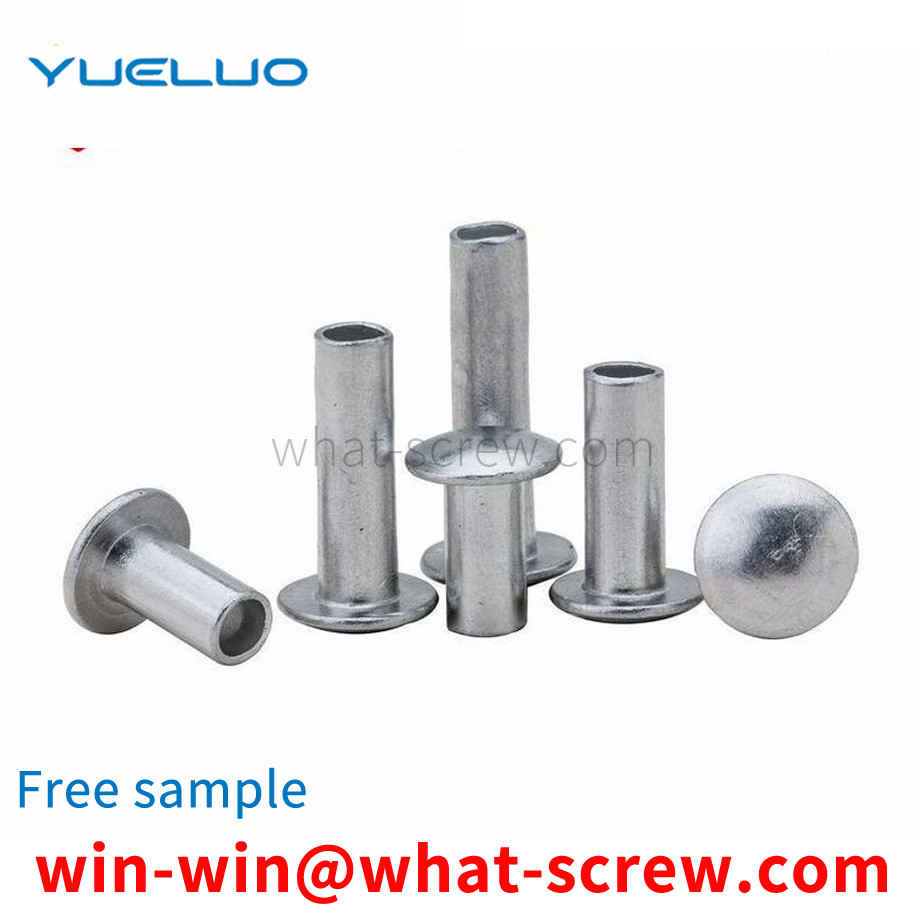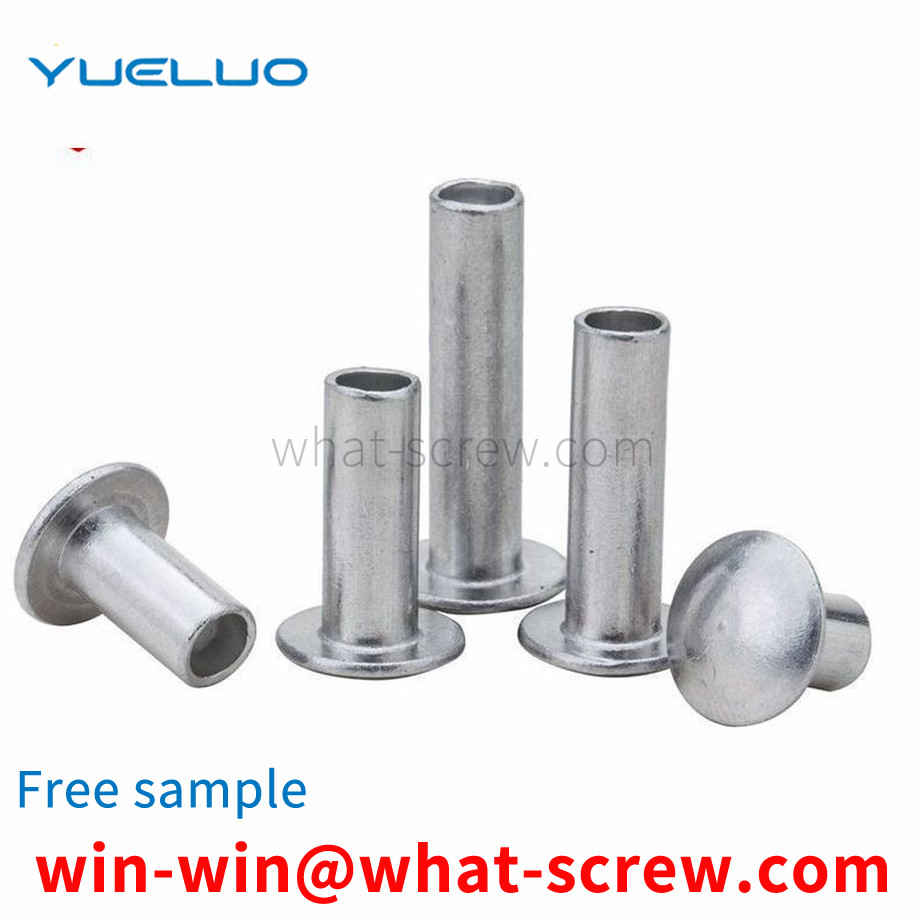According to the properties of nuts, there are mainly national standard (GB), German standard (DIN), international standard (ISO), Japanese standard (JIS), American standard (ASTM/ANSI) and other standards. Among them, the national standard, German standard, and Japanese standard are represented by M (such as M8, M16), and the American system and the British system are represented by fractions or # (such as 8#, 10#, 1/4, 3/8). Commonly used national standard GB41 Ⅰ type hexagonal nut - C grade GB6170 Ⅰ type hexagonal nut - A, B grade GB6171 I type hexagonal nut - fine thread - A, B grade GB6172 hexagonal thin nut - A, B grade - chamfering GB6173 Hexagonal Thin Nut - Fine Thread - A, B Grade GB6174 Hexagon Thin Nut - B Grade - No Chamfer GB6175 II Hexagonal Nut - A, B Grade GB6176 II Type Hexagonal Nut - Fine Thread - A, B Grade GB6177 Hexagon Method Blue face nut - grade A GB55 hexagonal thick nut GB56 hexagonal super thick nut GB1229 large hexagonal nut (high strength for steel structure)
In the process of driving the car, it is inevitable to use the brake frequently, which will cause the gap between the brake drum and the friction pad of the car to become larger. Therefore, it needs to be adjusted in time, otherwise, the hidden danger of unsafe driving will be buried due to the excessive braking distance and the out-of-round brake drum. Therefore, motor vehicles must be equipped with automatic adjustment arms. In the existing automatic adjustment arm, the worm inside the housing is limited by the spring pad, the spring and the spring cover, and the end face of the spring pad is directly in contact with the worm, and the rotation of the worm is inflexible due to frictional resistance during rotation.
spring washer is installed under the nut to prevent the nut from loosening. It is stated in the national standard. Hexagonal slotted nuts are specially designed for use with bolts with holes at the end of the screw, so that the cotter pin can be inserted into the hole of the screw from the groove of the nut to prevent the nut from automatically loosening. It is mainly used for vibration loads or alternating loads. . The methods to prevent the nut (or bolt) from automatically loosening in the mechanical design and production are as follows: 1. Add a spring washer; (simple and easy to do) 2. Use a hexagonal slotted nut + a split pin; (increase the processing process) 3 . Pad the stop washer; (increase the processing process compared with the same period of last year) 4. Insert the steel wire into the hexagon head opening of the hexagon bolt. (Increased processing steps compared to the same period of last year) Spring washers are used to prevent loosening. For example, the bolts connecting the motor and the machine base generally need to add spring washers, because the motor vibrates without the spring washers, and the nuts will loosen. Generally, the fasteners on the equipment with vibration There is a spring gasket on it, and there is generally no need to add a gasket on the flange! Whether the spring gasket is added to the flange is related to the medium circulating in the pipeline. If it is easy to generate pulses, it is best to add spring gaskets, as well as high-speed fluid, and the caliber changes frequently. Do not generalize. On some valves, the stuffing box gland All flanges need to be added with spring gaskets. The automatic selection of spring gaskets is included.
1. Other names: root nut, anti-loosening nut, nut. 2. Purpose: To lock the outer joint of the through wire or other pipe fittings. The working principle of the nut is to use the friction between the nut and the bolt for self-locking. However, the reliability of this self-locking is reduced under dynamic loads. In some important occasions, we will take some anti-loosening measures to ensure the reliability of the nut locking. The lock nut is one of the anti-loosening measures. The anti-loosening effect of the lock nut mainly depends on the interaction force between the nut and the thread of the bolt. There are many ways to improve the interaction force between meshing threads, such as structural improvement of nut threads, nylon roughening of nylon nuts, and surface treatment of threads.
Riveting is the most traditional way of connecting metal parts. It has the advantages of easy operation, high reliability and not easy to deform. It is widely used in the skeleton of outdoor products such as tents and camp beds. Commonly used aluminum alloy rivets use their own deformation or interference to connect the parts of the riveted parts in the riveting process. Due to cost and functional considerations, the rivet and the riveted material are often different, which is easy to occur in outdoor high humidity. Electrochemical corrosion, and the commonly used high-strength thin-walled pipes have a large shear stress on the aluminum alloy rivets at the riveting point. Under the combined action of the above two factors, it is easy to cause deformation or even breakage at the riveting point, which affects the life of outdoor products. A kind of Corrosion and shear resistant aluminium alloy rivets.
We have many years of experience in the production and sales of screws, nuts, flat washers, etc. The main products are: double-drum rivets, manganese three-wave crests, square nut screw caps, galvanized through-hole rivet nuts and other products, we can provide you with The right fastener solution for you.



















 Service Hotline
Service Hotline




